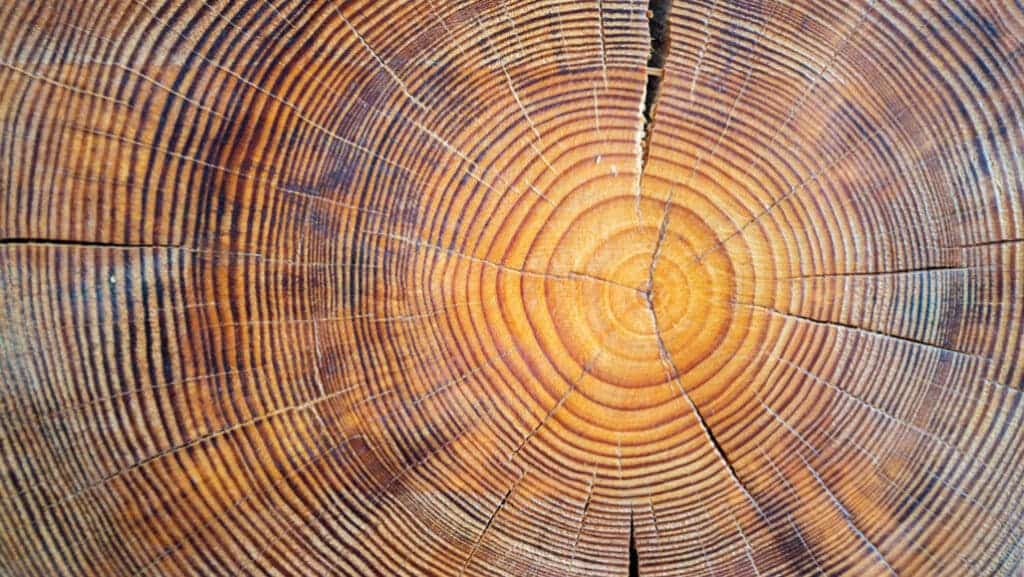Since the mid-20th century, South America has seen unprecedented widespread and intense droughts as well as unusually wet periods, according to a new study. The authors claim that the increased volatility could be explained by climate change and atmospheric pollution.

Researchers have recently published the South American Drought Atlas, reconstructing over 600 years of changes in soil moisture in southern and central South America. The atlas is the result of field collection of three-ring records in Argentina, Chile, Uruguay, Paraguay, Bolivia, Peru and southern Brazil.
Ring widths usually reflect yearly changes in soil moisture. The date from the rings matched with historical droughts and floods from the Spanish colonial period, as well as with modern instrumental measurements. That’s why they were confident to extend their study back before written records.
The atlas showed there was a steady increase in the frequency of widespread droughts in South America since 1930, with the highest return times happening since the 1960s. Water shortages have severely affected Chile and Argentine especially from 1968-1969, 1976-1977, and 1996-1997.
“Increasingly extreme hydroclimate events are consistent with the effects of human activities, but the atlas alone does not provide evidence of how much of the observed changes are due to natural climate variability versus human-induced warming,” said lead author Mariano Morales in a statement. The new long-term record “highlights the acute vulnerability of South America to extreme climate events,” he said.
The South American atlas follows others that covered the climate conditions in North America; Asia; Europe and the Mediterranean; and New Zealand and eastern Australia. Studies building on the atlases have provided insights into the effects of droughts in past civilizations and the role of human-induced warming on the modern climate.
Factors behind weather changes
The researchers argued that periodic natural shifts in precipitation are driven by complex, interlocking patterns of atmospheric circulation in both land and sea. One of those factors is the low-level westerly winds that bring moisture to the continent from the Pacific, controlled by periodic cyclic changes in sea-surface temperature.
Shifts in these patterns, driven by increases in greenhouse gases, appear linked to a still continuing 10-year drought over central Chile and western Argentina, the study showed, which has caused severe water shortages, along with heavier than normal rains in eastern regions.
Another key factor mentioned by the researchers is the influence of the Southern Annular Mode, a belt of westerly winds, in precipitation. The belt periodically contracts southward or expands northward, and when it contracts, it weakens the westerly winds that bring rain to South America.
In recent decades, the winds have mainly focused on the south, a result of ozone-depleting chemicals used in 20th-century refrigerants that destroyed atmospheric ozone over Antarctica, scientists believe. The chemicals were banned in the 1980s, but their effects have persisted.
Finally, the last factor found is the so-called Hadley cell, a global phenomenon that lofts warm, moist air from near the equator and sends it further north and south, dropping precipitation as it goes. The air settles near the surface at predictable latitudes, by which time the moisture has been largely wrung out.
This creates permanently dry zones of the subtropics, including those in South America. The Hadley cell expanded towards the poles during recent decades, probably as a consequence of human-induced climate change. This caused changes in rainfall patterns and expanded the subtropical dry zones, especially in the Southern Hemisphere.
Coauthor Edward Cook, co-author, said in a statement, “We don’t want to jump off the cliff and say this is all climate change. There is a lot of natural variability that could mimic human-induced climate change.” However, he said, armed with the new 600-year record, scientists are better equipped to sort things out.
Currently, the drylands of central Chile and western Argentina are dealing with one of the most severe decade-long droughts on record. Crops of cereals and vegetables have been severely affected, with up to two-thirds of them being lost in some years. This threatens “the potential collapse of food systems,” said Morales.
At the same time, heavier than normal rain has been observed in southeastern parts of South America. Studies by Walter Baethgen, a researcher at Columbia University, showed more frequent extremely wet summers in the La Plata basin of Uruguay since 1970. This led to increases in crop and livestock production.
The study was published in the journal PNAS.






